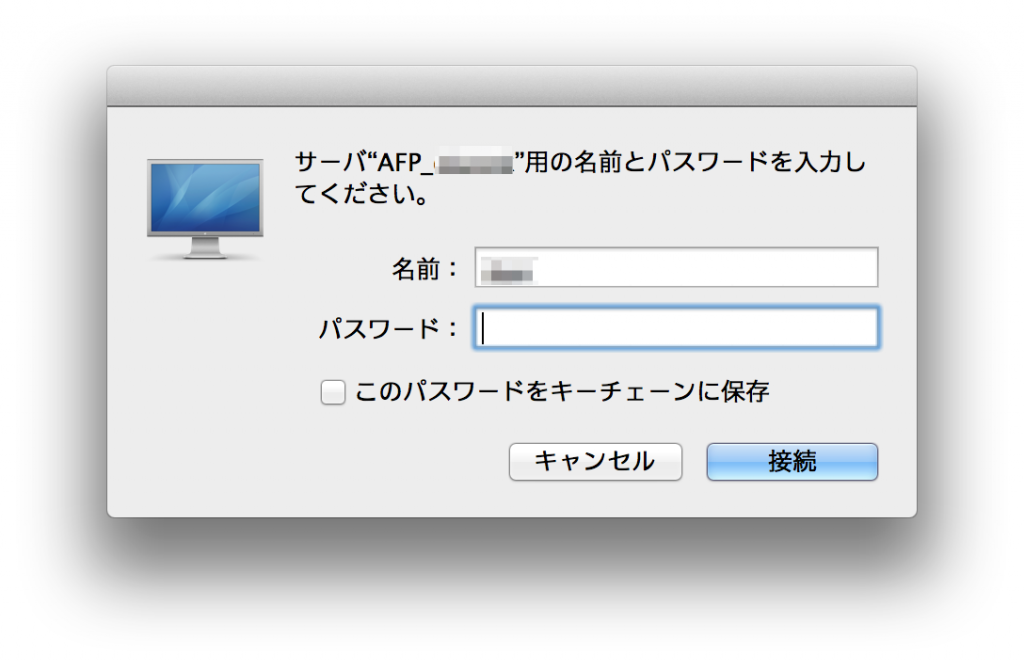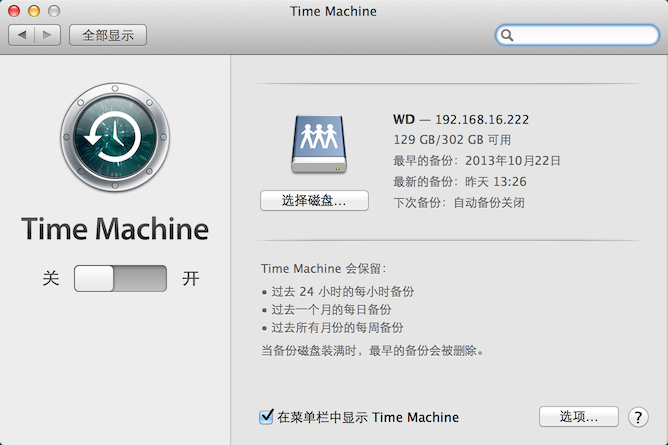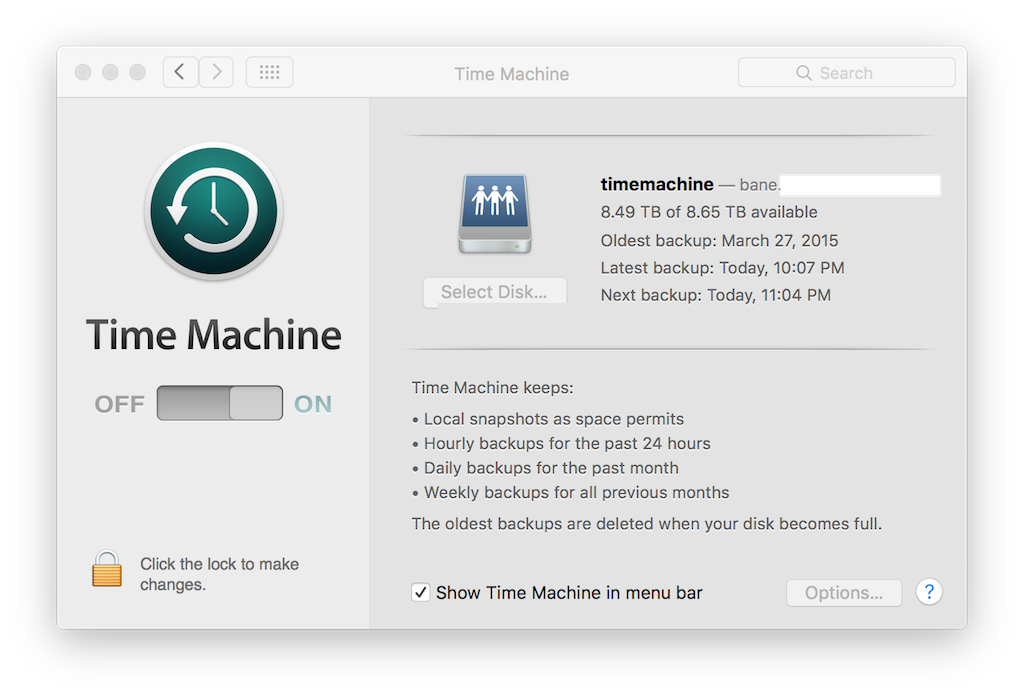
I found out about this method from a blog post by Caleb Woods, and filled in a few things that didn’t work for me by reading this post on.

You can get most of this stuff (and more) in one fell swoop with a good Raspberry Pi starter kit like this one, or you can buy them separately. We recommend getting a desktop external hard drive with its own dedicated power supply, unless you have a USB-powered drive that’s been tested working with the Pi. An external hard drive, which you’ll connect to the Pi over USB.A wired network connection for your Pi (you could use Wi-Fi, but it takes more setup and wired is going to be much better for those big over-the-network backups).The Pis power port is just microUSB, but we recommend getting a power supply designed for the Pi for reliable performance– this one from CanaKit works well. Here’s a great list of cards tested to work well the Pi. Older Raspberry Pis will use a standard SD card, while newer ones will require a microSD card, so make sure to get the right kind. An SD card, for the Raspberry Pi’s operating system.Any model will do, but the current model is the Raspberry Pi 3 Model B.

It also requires a little bit of equipment:
Time mahcine cannot detect netatalk drive how to#
This tutorial assumes you already know the basics of how to set up a Raspberry Pi.

(Yes, the Time Capsule does include router functionality, so it’s actually a decent price for what it offers–but this method lets you use whatever router you want, and offers more room for upgrades when your drive runs out of space.) The Raspberry Pi connected to an external hard drive makes for a great improvised alternative to a Time Capsule or another Mac, and it’s much cheaper.


 0 kommentar(er)
0 kommentar(er)
